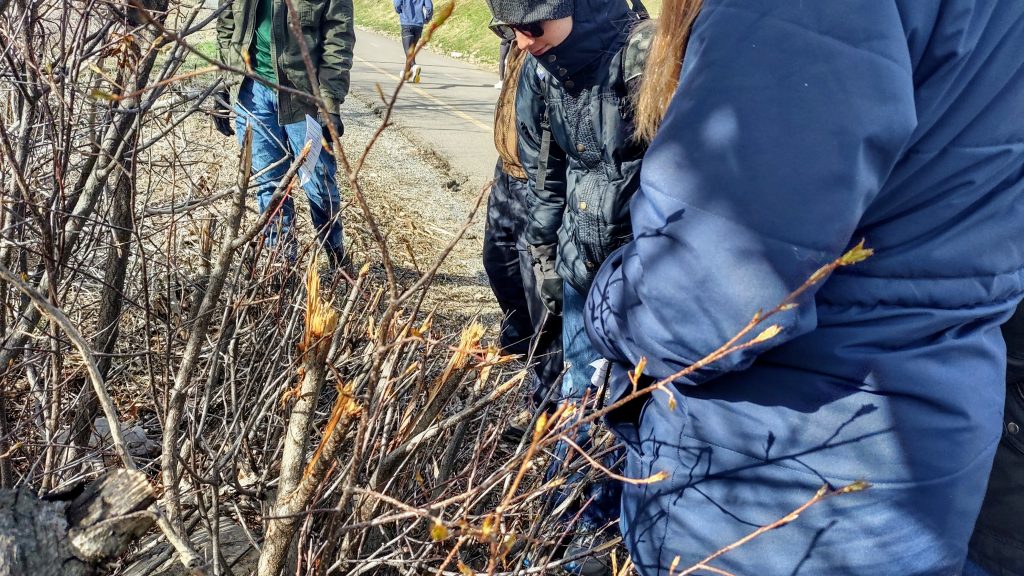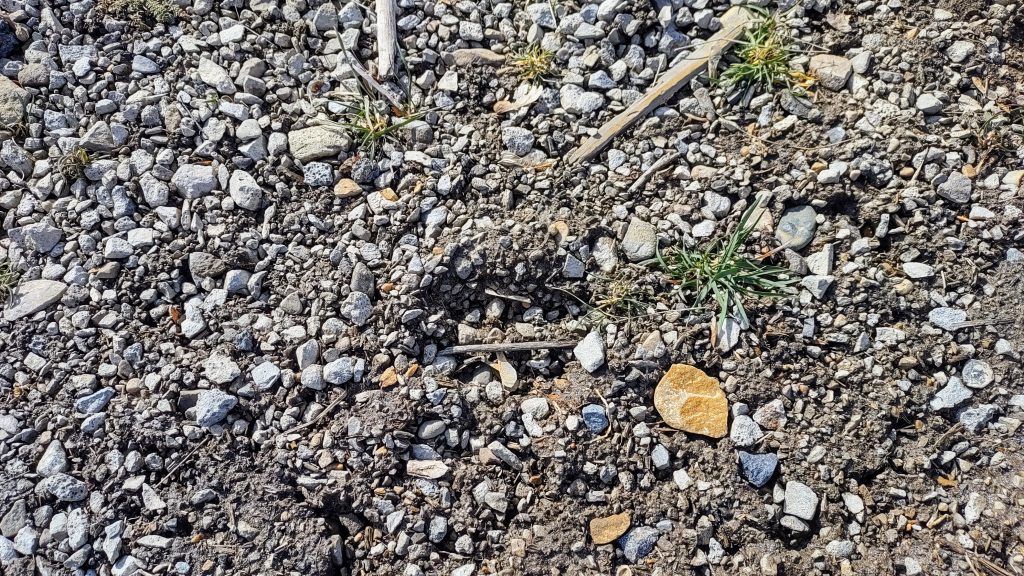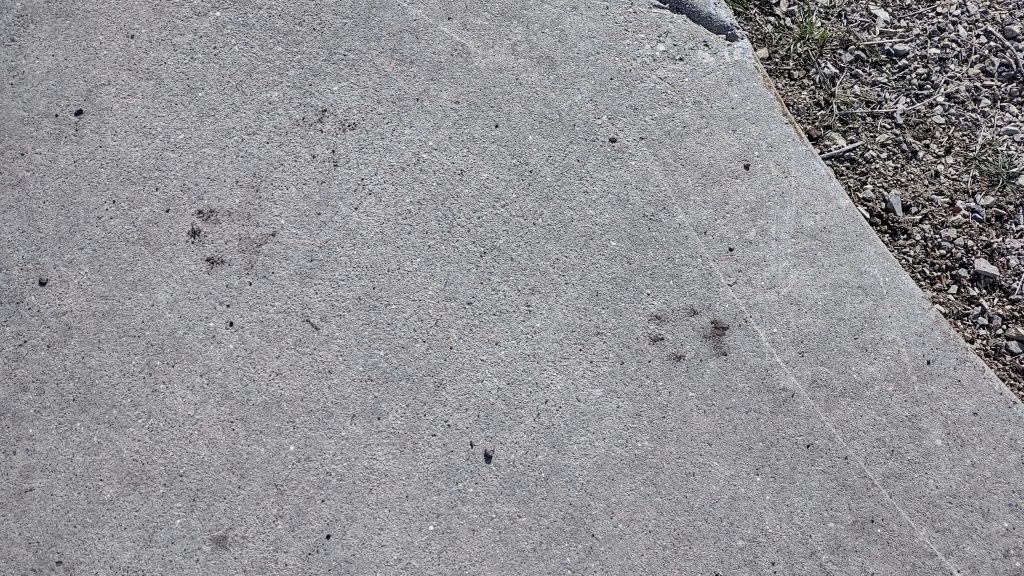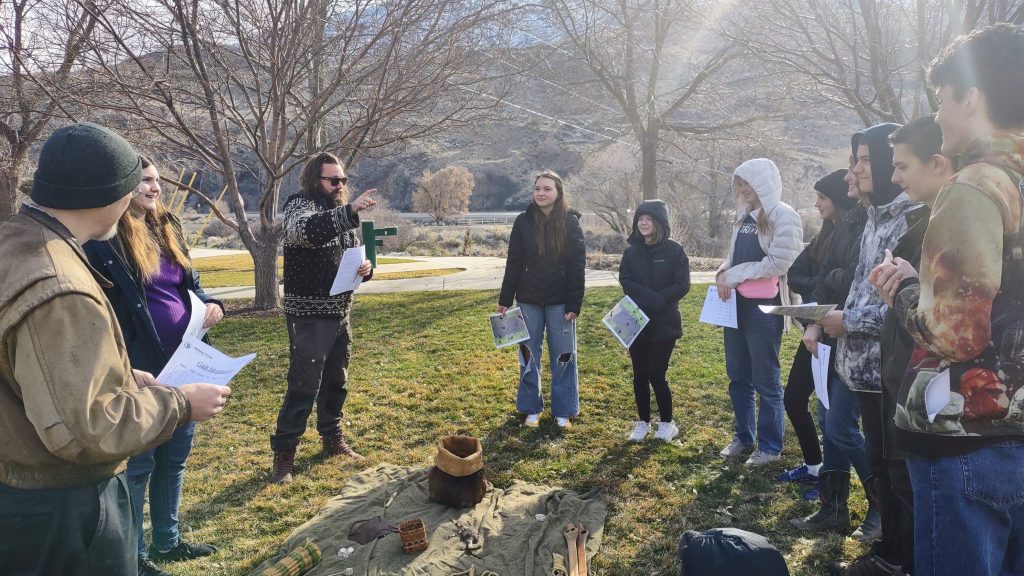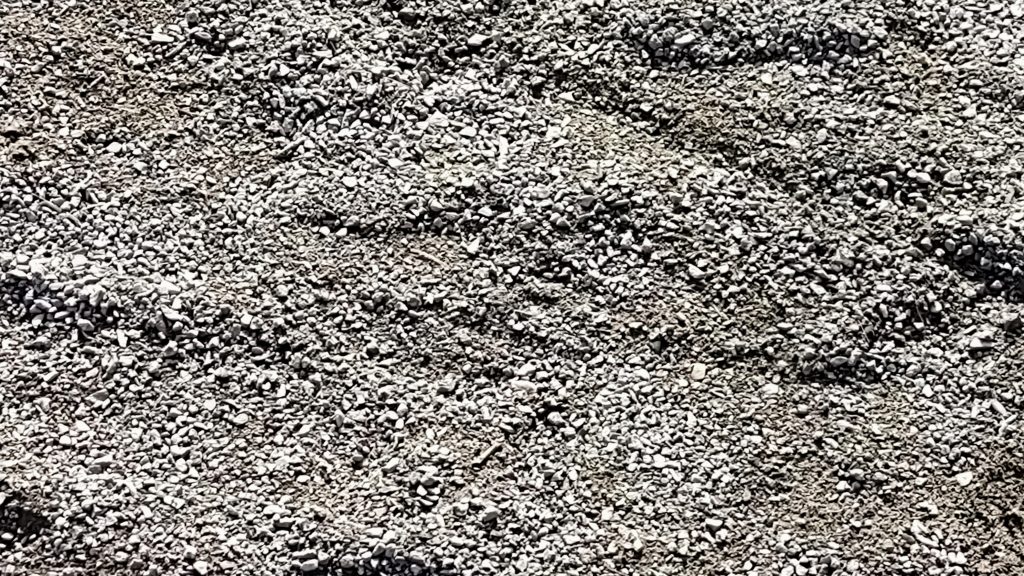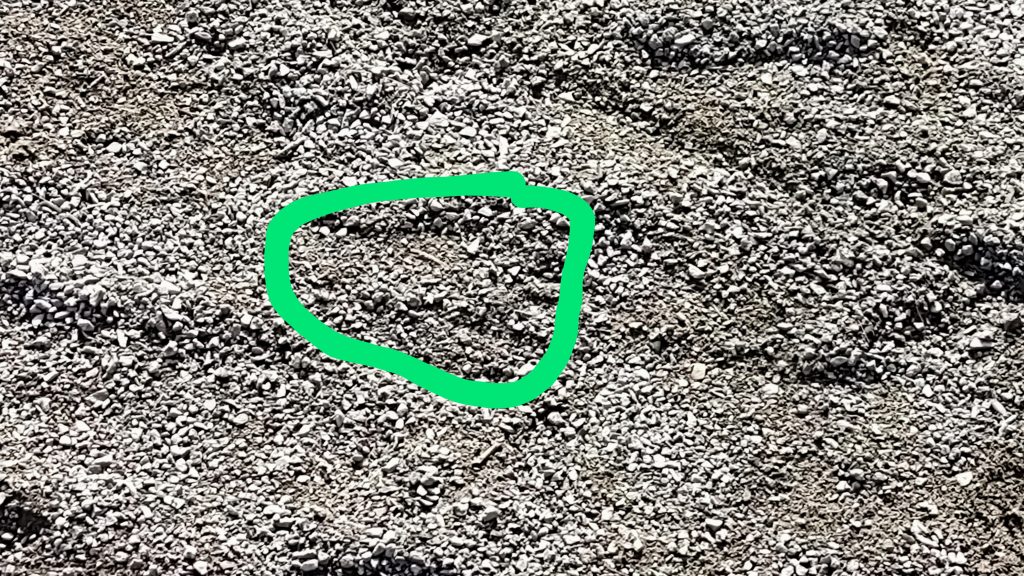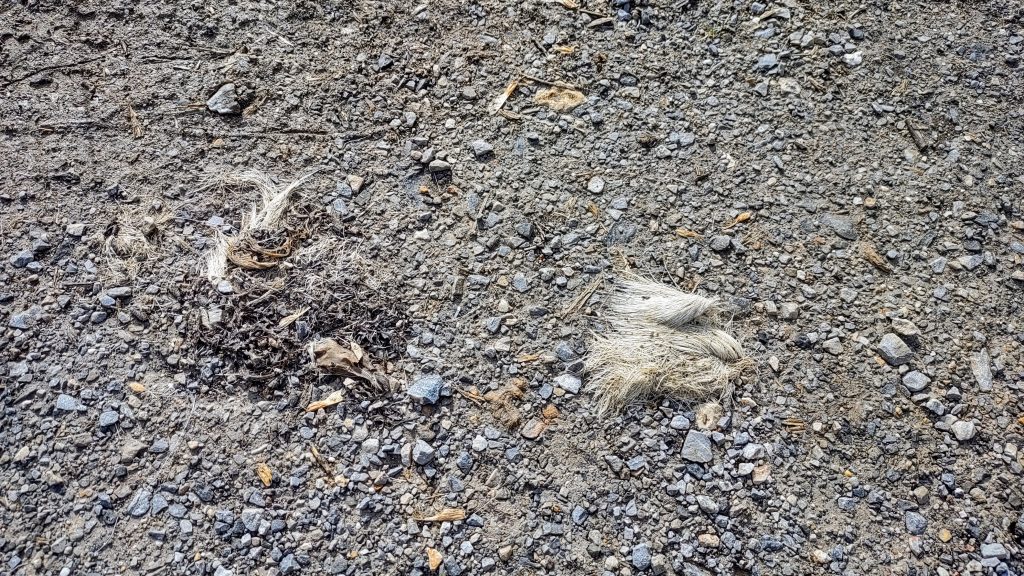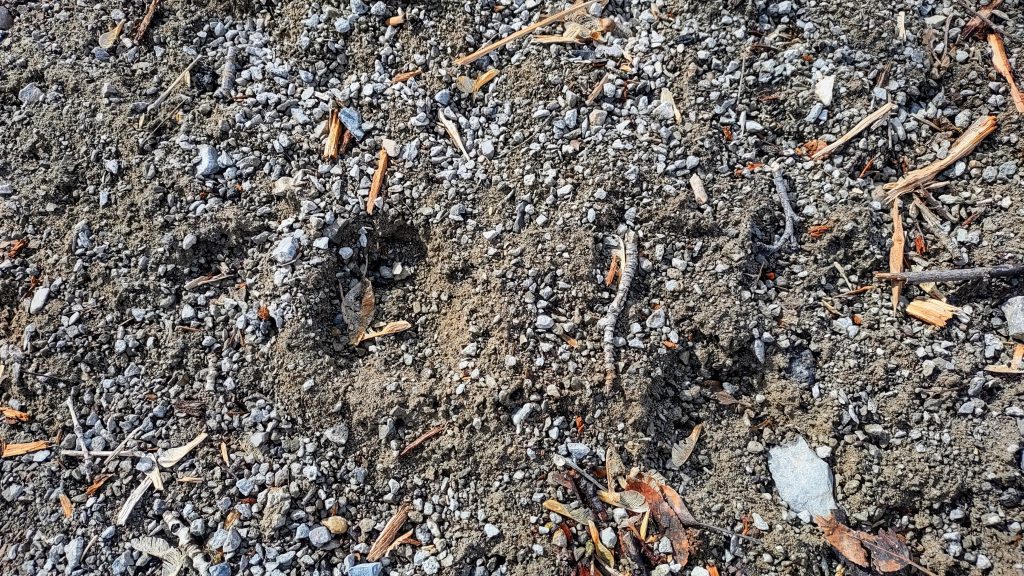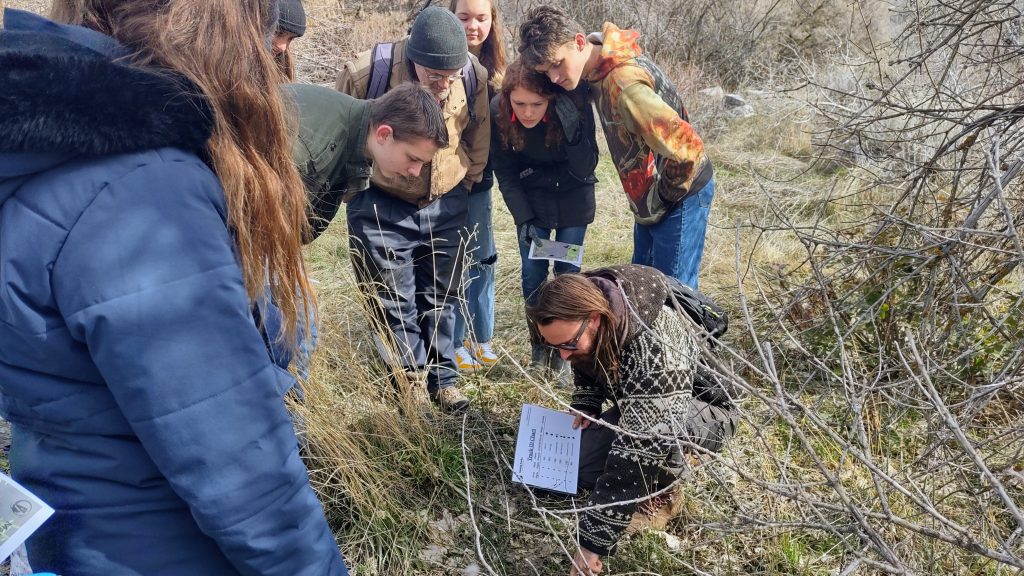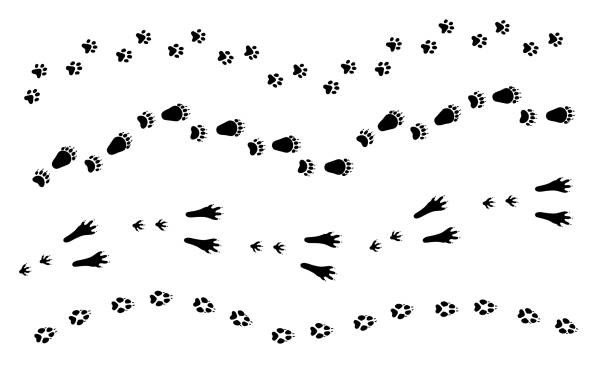Calendar Items:
UPCOMING EVENTS: Just because it’s nice to know, here is the next month or so I’ve got planned. (All plans are subject to change, of course.)
Mar 21st – Cameron, Elizabeth, Shawn mini lessons – Sister Mock takes last 30 minutes
Mar 22nd – FRIDAY – ALL DAY optional field trip to Little Grand Canyon. Ask me if you still need info.
March 28th – in class field trip, maybe Squaw/Khyv Peak Overlook
April 4th – SPRING BREAK
April 11th – LAST REACTION PAPERS DUE – BRING YOUR COMPLETED NATURE JOURNAL
Homework items:
READ 10 Essential Herbs chapter 6 on garlic – pages 139-180.
READ What a Plant Knows, prologue and chapter 1, pages 3-27.
FINISH and turn in any reaction papers you didn’t turn in last week.
Making Tracks Field Trip Re-Cap
READ ALL THE WAY TO THE BOTTOM FOR PHOTOS FOR YOUR NATURE JOURNAL
If you are interested in taking an actual wilderness survival course from Erik at Making Tracks Earth Education, just follow that provided link to their website. Erik mentioned that he takes teenage apprentices, and THAT sounded like a phenomenal opportunity. In his classes you’d be learning more about edible and medicinal plants, fire starting, sheltering, awareness, tracking, bird language, etc. They play lots of games and yes, they work on sit spots. If you love the outdoors, this sounds like a perfect course!
If you are interesting in tracking, but you want to learn about it from your couch (this is me sometimes, I’ll be honest), check out the following books. I think I’ve shared them all before, but they are worth sharing again. I’ve read all of these except Grandfather, but it’s on my list. (My favorite was What the Robin Knows followed by Tracker.)
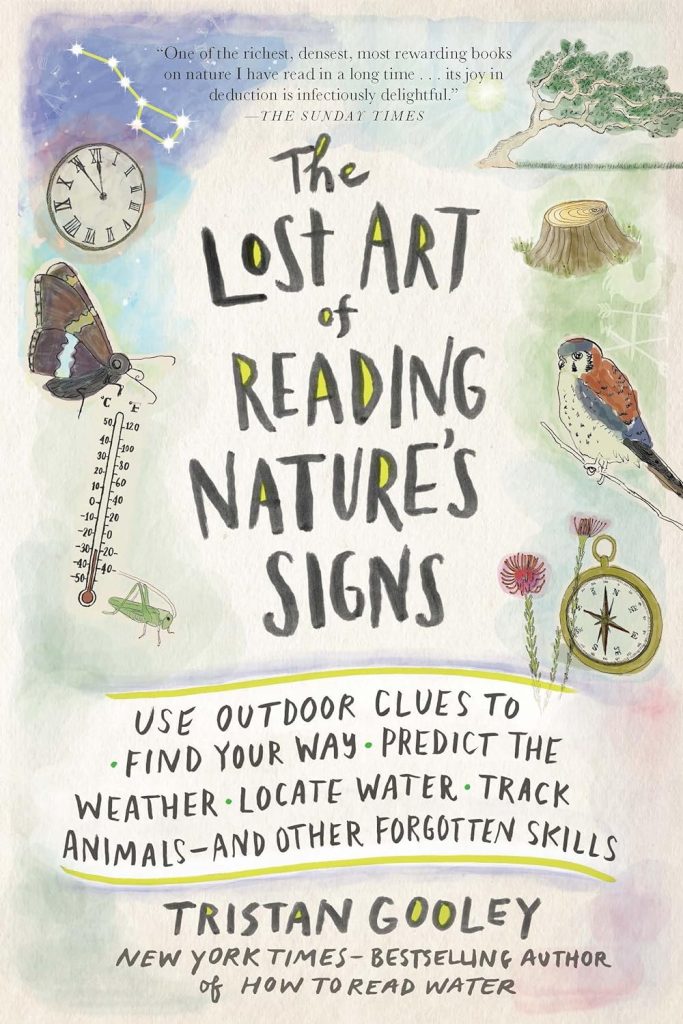
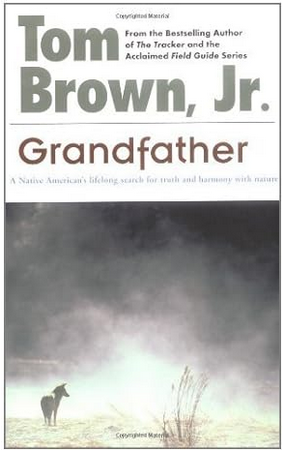
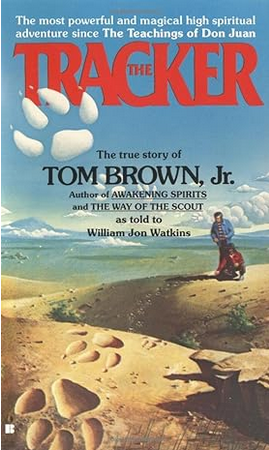
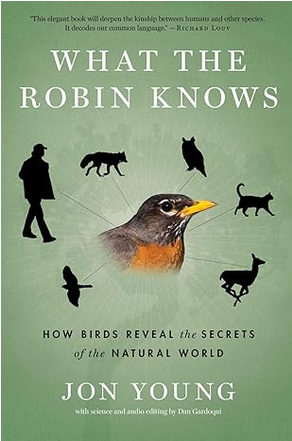
Also, I totally boogered up my handouts, and I didn’t write down the animals (!!!!!), BUT I’m going to spend some time reviewing these handouts from Making Tracks so that when we are out and about on all our field trips, we can look for some of these signs. (You can click on those photos to enlarge them.)
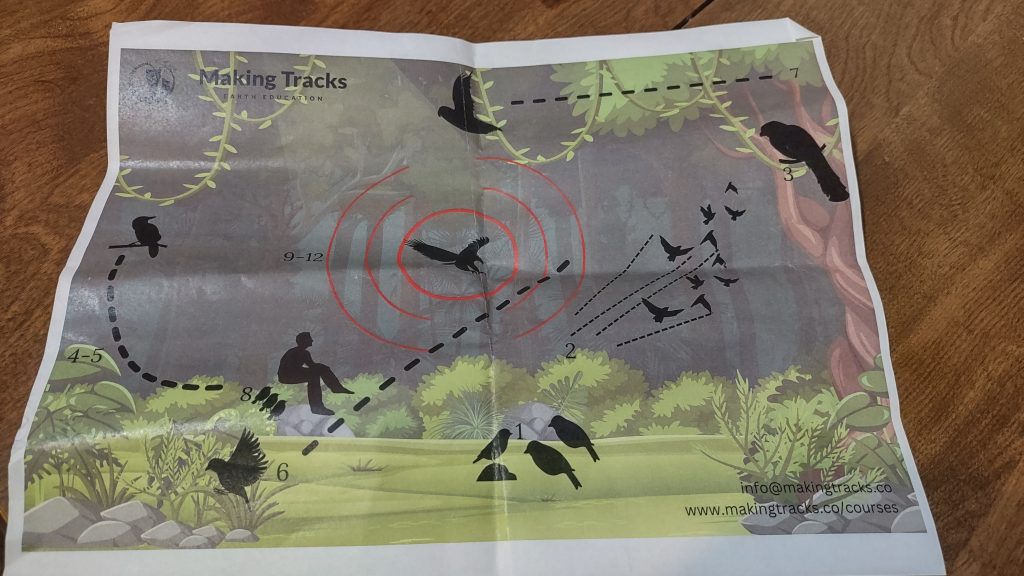
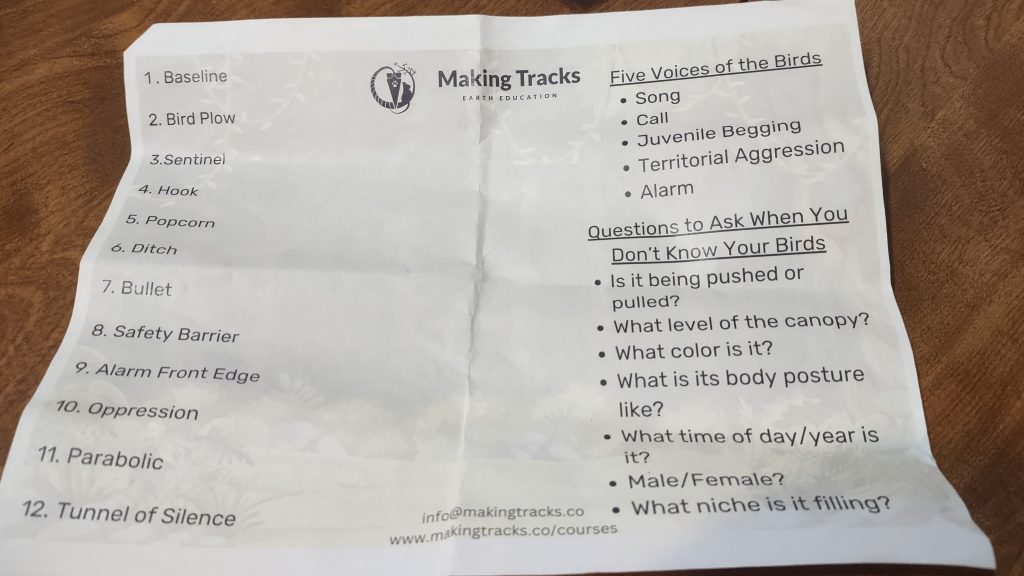
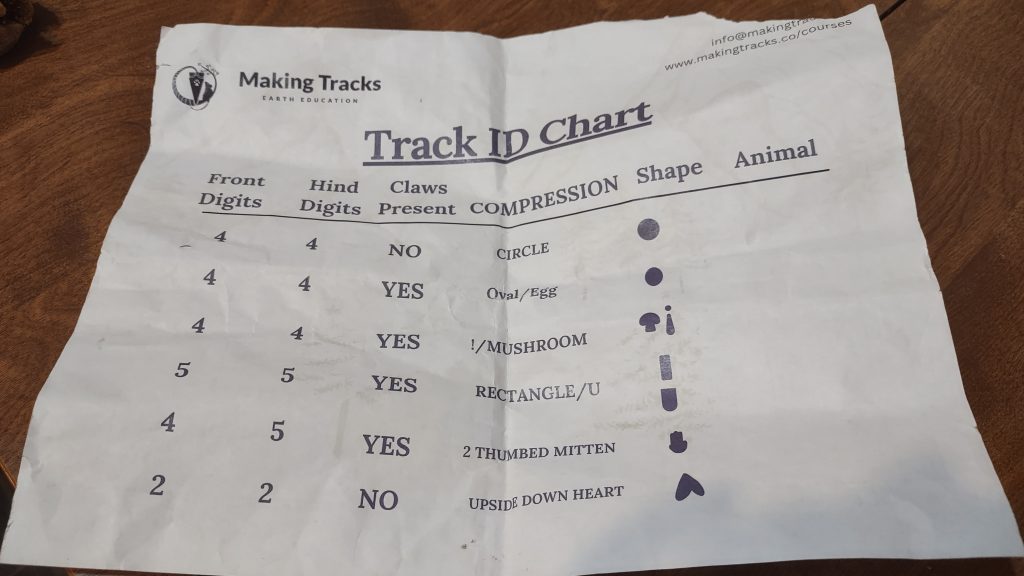
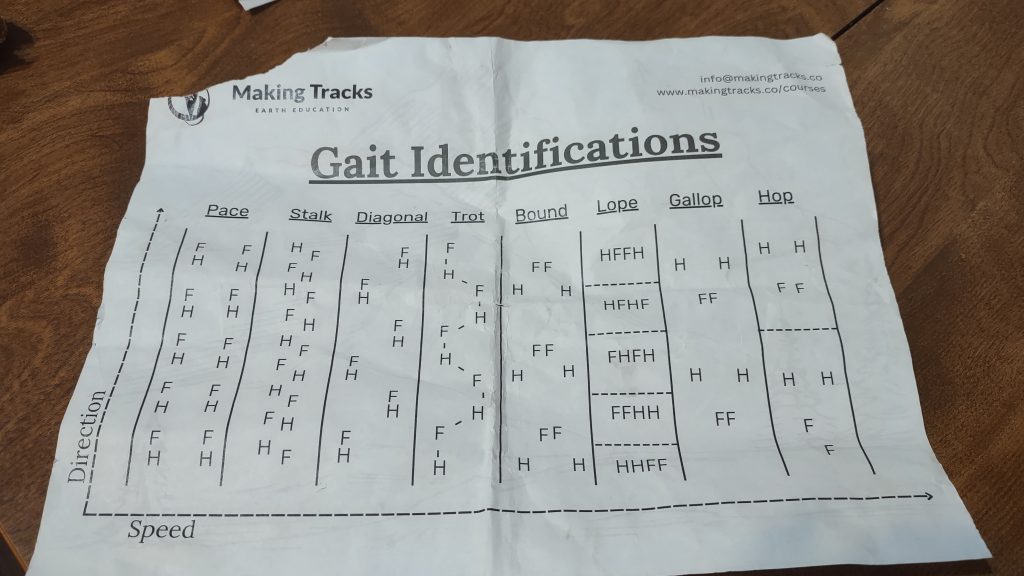
And finally, here are the photos from our field trip, some of which you can use for nature journaling if you’d like.
NOTES FOR YOUR NATURE JOURNAL – remember the meta data – date, time, temperature, location, etc. Use drawings, words, and numbers on each page, but know you don’t have to have equal amounts of those things. If you really like to draw, then draw more. If you really like to write, then write more. Add drawings from different perspectives like close up drawings, landscape drawings, to scale drawings, etc. (I know this is hard since we are going off photographs.) You can just do a page comparing two different tracks. You can do a page per animal track. Remember you are making a scientific record/memory of what you observed and experienced in that moment. Try to create connections and ask questions- things the tracks/bird behavior reminded you of or made you think of, or make note of strange things you saw that you couldn’t explain. You are welcome to add poetry or quotes, etc. This is science, but it’s also art and literature if you want it to be. It’s life.
